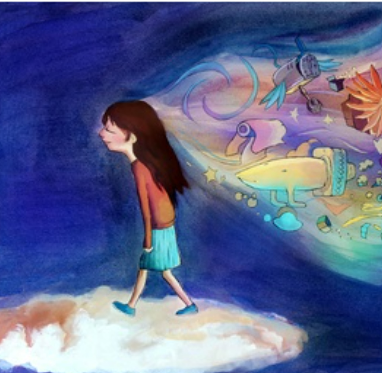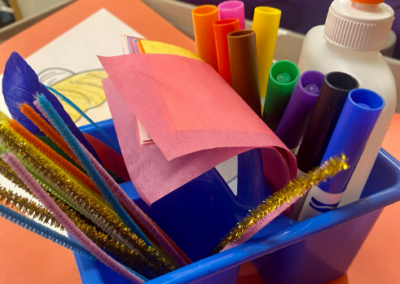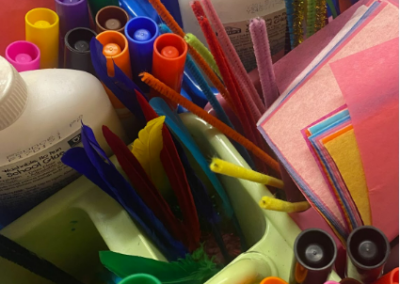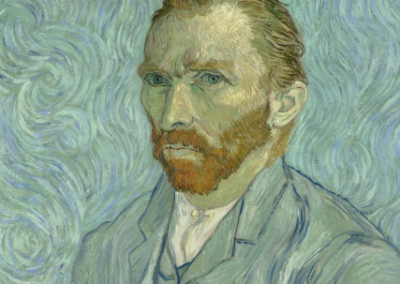Can You Imagine?!
(FOCUS: Visual Arts, SEL, Language & Literary Arts)
Introduction: This lesson will begin as an Art lesson introducing self-portraits. Children will develop skills in observing shapes, placement, and composition when creating portraits.
Later, children will apply play-based learning to add what their imagination looks like to self-portraits! Adding play to this self-portrait lesson will make this important art learning more meaningful, creative, and playful!
Materials to gather
For Self Portraits:
- Pencil
- Sharpie
- Multicultural crayons
- Crayons
- 9×12 white drawing paper
For Imagination piece
- Bits of tissue paper
- Feathers
- Pipe cleaners
- Pom poms
- Bits of string and ribbon
- White glue
- Colored markers
- 12×18 colored construction paper
Set Up
If in a classroom setting, prep and place materials in the center of table groups, or place them somewhere in the classroom, such as a table that children can access easily.
To prep materials for the imagination piece:
- Place all materials in accessible bins. (see photo)
- Cut pipe cleaners in half to maximize the amount that can be used
- Cut tissue paper into strips for easy use
Student’s Job
- What color(s) represent your imagination?
- How can you show what your imagination looks like using the materials available to you (pom poms, feathers, pipe cleaners, bits of tissue paper, scissors, glue and markers?)
Further Challenges:
Written statement describing how children chose to illustrate their ideas/imagination.
Teacher’s Job
Standards Alignment
National Core Arts Standards
- NCAS: Creating: Anchor Standard 1: Generate and conceptualize artistic ideas and work. VA: Cr1.2.1a: Use observation and investigation in preparation for making a work of art.
- NCAS: Connecting: Anchor Standard 8: Interpret intent and meaning in artwork. VA: Re8.1.1a Interpret art by categorizing subject matter and identifying the characteristics of form.
Prepare/Background Info
Creating portraiture is an essential component of art curriculum and instruction in grade 1. Students need opportunities for creative thinking and are ready to gain a greater understanding of spatial composition and placement, and can apply the artistic skills necessary to produce a portrait.
Effective Facilitation Strategies
Use play strategies: such as HIP technique to facilitate children’s art making during this time.
Ask questions while children are creating to guide them in their art making and encourage independent problem solving: What colors represent your imagination? How can you show what your imagination looks like using the materials available?
Play to Notice (Learning Framework)
Play Standards used in this lesson:
- Child-Centered
- Choice
- Challenge
- Active
- Make Learning Visible
Content Matter to Notice
Creating portraiture is an essential component of art curriculum and instruction in grade 1. Students need opportunities for creative thinking and are ready to gain a greater understanding of spatial composition and placement, and can apply the artistic skills necessary to produce a portrait.
SEL to Notice
Creative expression: “Creative expression is a … low-barrier intervention that helps children name and manage their emotions, develop strategies for coping with adversity, and build resilience.”






0 Comments